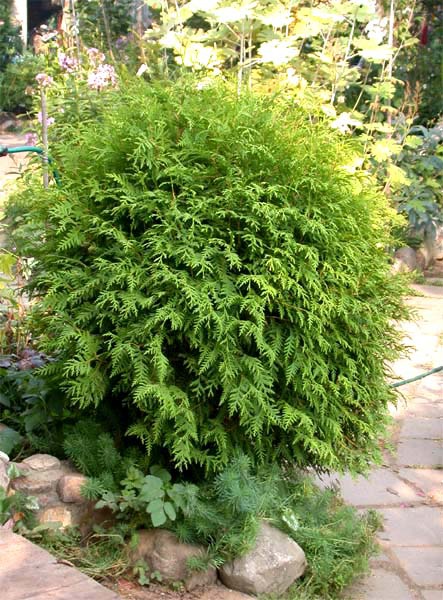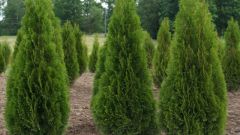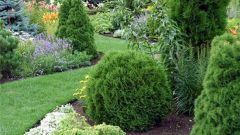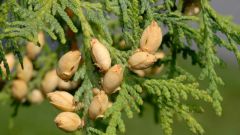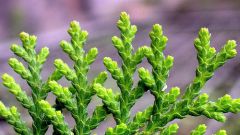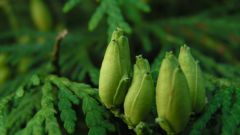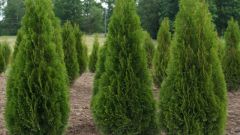You will need
- - Soil;
- - Apophysis
- - Fertilizers;
- Water;
- - Shovel;
- - Watering.
Instruction
1
Sow th seeds - they usually have a good germination rate and no problems in germination not observed. Another popular method of reproduction TUI – cuttings. It is better to cut with the mother hive in early spring, taking the already stiff piece of bark. Ensure that your processes were at least 3-4 are still sleeping buds. Botany is recommended to cut off the stalks soak for several hours in a slightly colored solution of potassium permanganate. This will not only kill the "dormant" disease, but also enrich the processes of essential nutrients.
2
Plant cuttings for growing in the greenhouse frame, which is equipped with a detachable frame. On warm days, they should be removed to the young plants was tempered, and they had enough sunlight to sustain photosynthesis. Agrotechnics care processes is reduced to watering (minimum twice a week using the watering can and the divider and loosening. No feedings at this stage to produce should not be.
3
Prepare planting holes for TUI. If you want to generate from it a hedge, place them at a distance of 20-25 cm from one another. The volume of the pit should be about 40 CC, see Down put the vegetable waste, e.g. shavings and sawdust of deciduous trees, silt from a nearby pond, moss. Tamp well and treat any substance from harmful insects. The second layer – compost soil or rotted manure.
4
Avoid fertilisers based on poultry manure, and fresh manure, regardless of the type of Pets that produced it. Young seedlings do not tolerate such concentrated fertilizers, they may have had a root burn. The third layer in the landing pit – garden soil. Pour into each hole for 2 buckets of water and leave for a few hours to subsidence.
5
Planted the sprouts directly arborvitae, this plant does not like slopes. After landing advanced pour water through the heads with a divider. Direct watering is fraught with smearing of the soil and exposure of roots, it is impossible to avoid. So as long as the soil does not dry out, it is recommended to mulch with sawdust, expanded clay or other similar material. Further agricultural tuey care is reduced to regular watering, fertilizing and annual (spring) crown formation.
